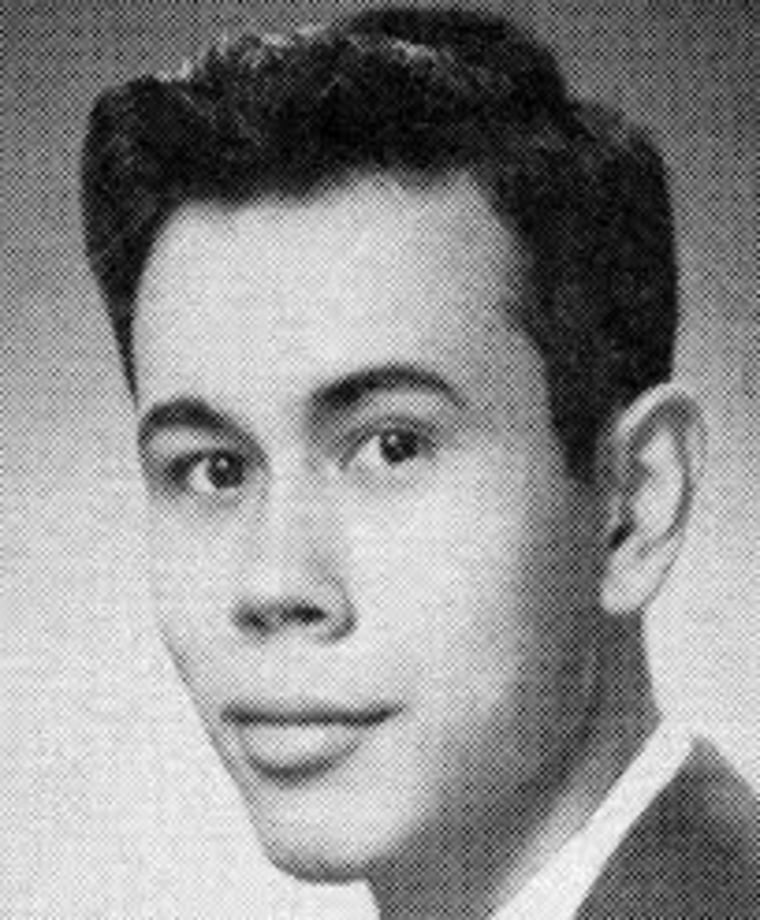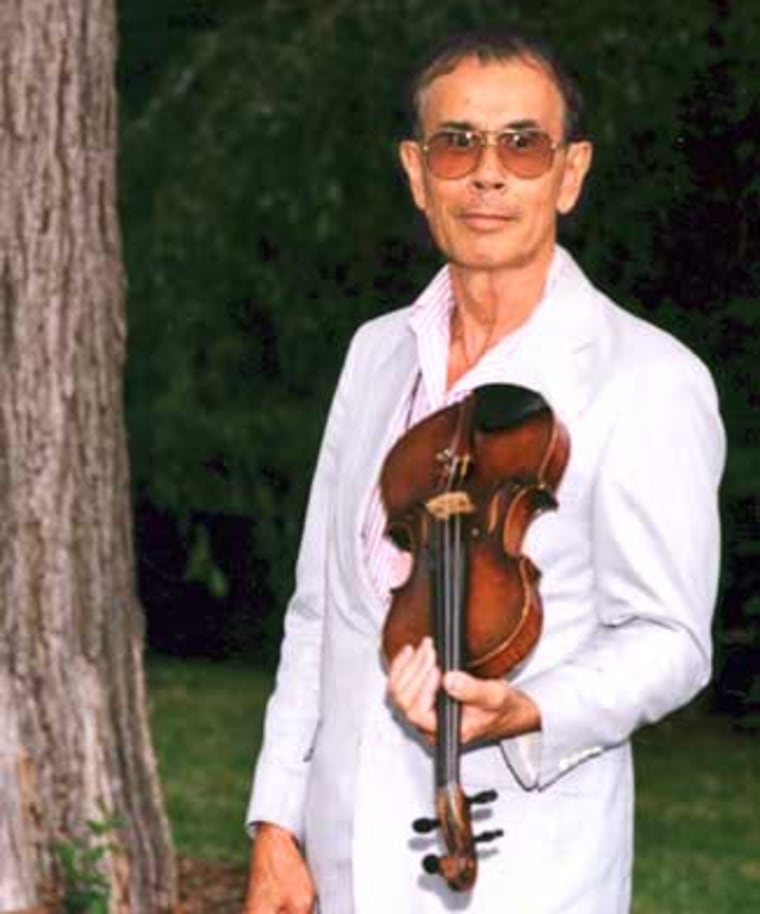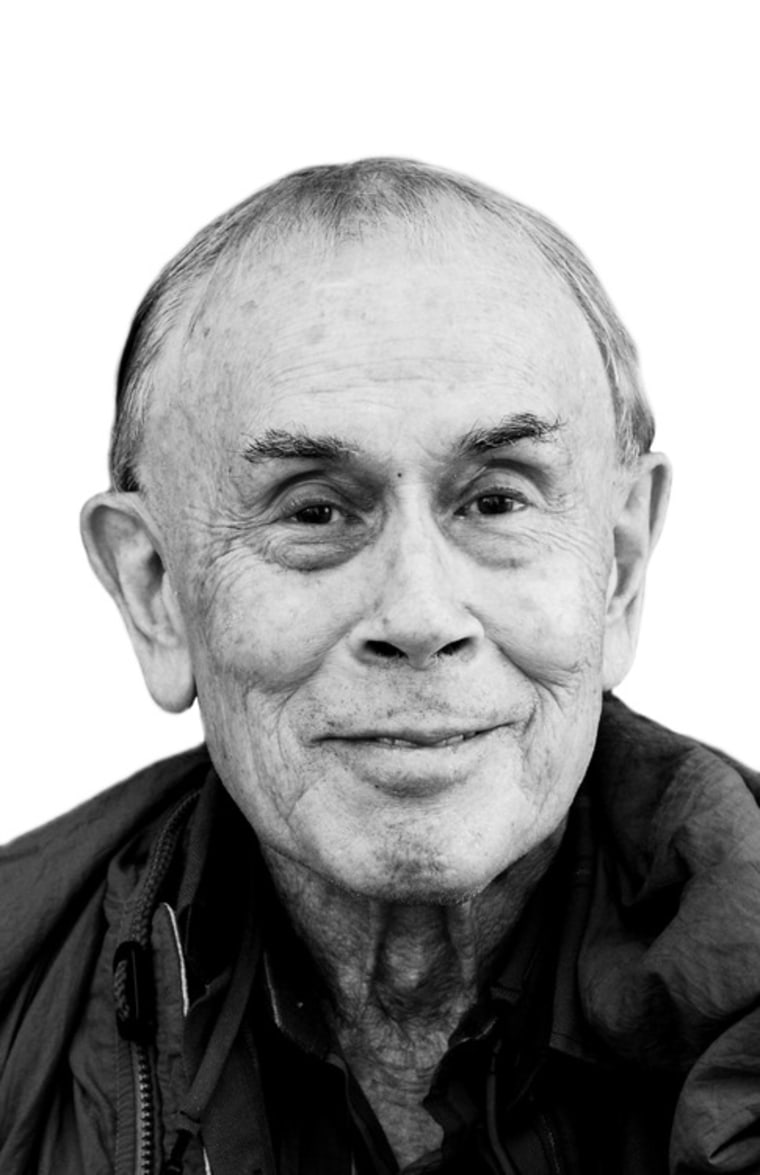Jim Toy is best known as the first person in the state of Michigan to publicly come out as a gay man, back in 1970 at an anti-Vietnam War rally. With a community resource center, a University of Michigan library, and even “Jim Toy Day” named in his honor, Toy has been advocating for the LGBTQ community for over 40 years at the university, community, state, and national levels.
“I was taught never to talk about sex, politics, or religion at the dinner table. And I think I have learned that if you bring up one, the other two inevitably have to follow,” Toy has said. “I’m a Democrat, I’m an Episcopalian, I’m a conscientious objector. I was born biologically male, so I was assigned to what we call the male gender. I identify with that gender assignment. And, as it turned out, I happened to be gay.”
Born in 1930 to a Chinese-American father and a Scottish-Irish-American mother, Toy’s long journey towards self discovery and tireless advocacy has been one that closely parallels the country’s developing understanding of race and sexuality issues. He co-authored Ann Arbor’s non-discrimination policy in regard to sexual orientation and gender identity and expression, co-founded the Detroit Gay Liberation Movement and the Ann Arbor Gay Liberation Front, and co-founded the first office at any university in the world devoted to sexual orientation concerns.
Toy spoke with NBC News about his life and his life's work.
What's important to know about your life and experiences that brought you to this work?
My mother died when I was born. My father moved himself and me to live with my grandparents in Granville. My father remarried. His second wife, like my mother, was White.
I grew up in Granville, a village in central Ohio, in the 30's and 40's. My biracial (Chinese/White) family was one of three families of color in a village population of 1200, plus 1000 college students at Denison University (which did not accept a person of color until my classmate Hal Walker, who later went on to became a TV commentator in Europe).
My Chinese father's mother [my Chinese grandmother] divorced my Chinese grandfather and married a Japanese man. She followed him to an internment camp, where she gave English lessons and played the guitar as evening entertainment.
When I went to what we now refer to as "middle school", I wore around my neck a cardboard sign likely made by my stepmother. It read, "I AM NOT A JAP". I suppressed all memory of this. It was called to my attention by an older peer after I was graduated from high school.
I obsessively avoided Asian visitors to Granville during my high school and college years.
There was no discussion of sexual orientation in our village when I was growing up. When my male peers began talking about their attraction to girls, I sadly puzzled about not sharing those feelings. Since homosexuality was not mentioned in books or magazines or newspapers, on the radio or in movies, I had no context in which to examine my sexual-orientation identity. I had totally repressed my attraction to other male people. I self-diagnosed as being asexual. Nonetheless, I dated a female high school classmate and a female student at Denison, wanting to prove to myself and others that I was "like the other guys."

When did you begin to become an activist?
In 1970, I was one of the founders of the Detroit Gay Liberation Movement (DGLM), [despite initial worries that even attending a meeting would mean that I was gay]. We met at St. Joseph's Episcopal Church, which became the first integrated Episcopal church in Detroit in 1957-1958 and the site of the Vietnam War draft-resistance movement and of the Freedom School in the 1960's.
I subsequently served as a co-founder of the Ann Arbor Gay Liberation Front (AAGLF).
The AAGLF successfully petitioned the University of Michigan to create in 1971 an office with paid staff to serve the needs of lesbian and gay-male students. The University titled it the Human Sexuality Office (HSO) [the first staffed university office in the United States to address sexual-orientation concerns.] Cynthia Gair and I were hired to serve as Co-Coordinators of the office. We called ourselves the "Lesbian Advocate" and the “Gay Male Advocate". I worked there from 1971 until 1994. The office was renamed several years ago as the Spectrum Center. It works for the concerns of transgender, bisexual, lesbian, gay, queer students and allies at the University of Michigan.
"In the course of my speech against the war I was inspired to share my name, my age, and the reality that I was gay. No other person in Michigan had come out publicly prior to that day."
How did you become the first person to publicly come out of the closet in Michigan?
In April 1970, the Detroit Gay Liberation Movement (DGLM) and other radical groups in Detroit were invited to participate in a march and rally against the Vietnam War. The rally was to include speeches by representatives of the participating groups. DGLM choose a speaker. We marched down Woodward Avenue to Kennedy Square. Groups began sending speakers to the podium.
The DGLM speaker said, "I'm not going to speak!" After several minutes of consternation and confusion in our group, I finally agreed to speak. I scribbled some notes on a pad that I was carrying. Alas, I've lost the notes. I had not spoken in public before. I felt like fire and ice.
In the course of my speech against the war I was inspired to share my name, my age, and the reality that I was gay. No other person in Michigan had come out publicly prior to that day. The Detroit News and Detroit Free Press published articles about the rally. They mentioned me and the personal information that I had shared with the crowd.

Why do you prefer the term TBLGQI to the more commonly used LGBTQ?
"T" refers to gender identity. We become aware of "gender" long before we become aware of sexual orientation. Therefore I place "T" first in the order of reference. Also, in the TBLGQI "community," transgender and bisexual people are at greatest risk of harassment, discrimination, and assault to person and property. Some lesbians and gay men hold transgender and bisexual people in contempt, so placing "T" last in the order of reference results in transgender people being devalued and disregarded.
It took the decade of the 70's to convince many groups to say "LG" rather than using the sexist order "GL"
Finally, TBLGQI includes "I" as a reference to "intersex".
How do Asian American and LGBTQ (or rather, TBLGQI) issues intersect?
Asian American and TBLGQI issues intersect in all our struggles for justice and equality, our attempts to gain and retain our human and civil rights.
We must work for our civil rights at federal, state, and local levels. Gender identity, gender expression, and sexual orientation are absent from federal non-discrimination policy and State of Michigan non-discrimination policy. Similarly, gender identity, gender expression, and sexual orientation must be included in State of Michigan "hate-crimes" policy.
We must continue to work for the rights to same-sex marriage and second-parent adoption. Should our Supreme Court make same-sex marriage a national right, state and local governments are likely to oppose the activation of such a decree: appeals to "religious freedom" will continue to be voiced -- and activated to the degree possible.
What is your message to young Asian Americans struggling with identity issues or wondering their own place in civil rights activism?
I don't give advice--I try to help people look at the pros and cons of taking any action that they may be considering.
That said, my "identity" is a tapestry of many threads--race and ethnicity, color, class, gender identity, sexual orientation, ability/disability, appearance, age, religious belief, political belief, etc. If one of the threads is plucked, the whole fabric is bound to move. Anyone struggling to consolidate and manifest any thread of their identity may find help from allies--and possibly from counseling or therapy.
Human and civil rights are essential to human dignity. While I would hope that we all will be moved to engage in the struggle for our rights and the rights of others, deciding to participate in civil-rights activism may necessitate examining the pros and cons of so doing.

Interview was edited for clarity and length.